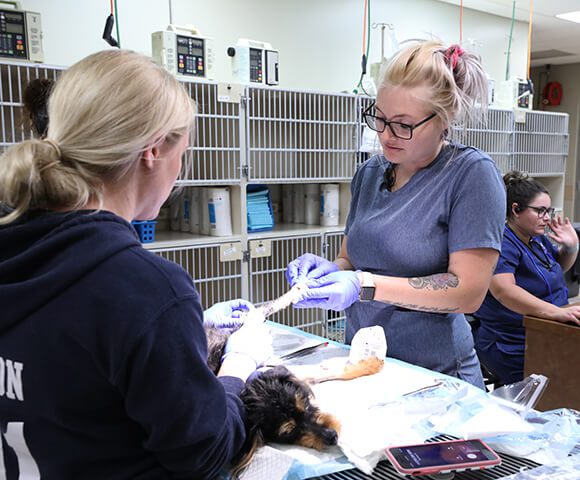Liver tumors in dogs: Signs, treatment and prognosis.
Nestled in the front part of the abdomen, the liver of a dog has six separate lobes of varying sizes. The left lobes are the largest and form nearly half of the liver’s total mass. The central section of the liver contains the gallbladder. Large blood vessels carry blood to and from the liver.
The functions of the liver include:
- Removing toxins from the bloodstream
- Providing factors that clot the blood
- Removing old red blood cells
- Removing bacteria from the blood
- Producing bile for fat digestion
The liver is one of the few organs in the body that can regenerate itself if a large portion is removed.
Types of liver tumors.
A single, large tumor within the liver is most commonly a hepatocellular carcinoma. This type of tumor is localized to the liver and uncommonly spreads to other parts of the body. Other types of tumors of the liver are frequently malignant and have a much greater risk of spreading. If your companion has a very high AST level on blood work, the risk for a malignant tumor is greatly increased.
Signs and symptoms.
Liver cancer can be a silent killer in dogs because obvious clinical signs are not always apparent. The hepatocellular carcinoma commonly will grow slowly, with a correspondingly slow onset of visible signs. Ongoing weight loss, vomiting, loss of appetite and pale gums develop as the tumor becomes larger.  Elevation of liver enzymes picked up on blood work is common in these patients.
Elevation of liver enzymes picked up on blood work is common in these patients.
Diagnosis.
Ultrasound is the most common diagnostic that is used to identify liver tumors. Chest x-rays and abdominal ultrasounds are used to identify the visible spread of cancer; however, the microscopic spread of the tumor to other organs cannot be detected with these tests. Additional blood work such as a blood clotting profile is commonly performed prior to surgery.
Surgical treatment.
An incision will be made into the abdomen to allow the surgeon to examine the internal organs and expose the liver tumor. New procedures have been developed that allow the surgeon to completely excise tumors located deep within the liver. In addition, bleeding is usually less with this new method of surgery versus traditional techniques; therefore, blood transfusions are less commonly needed.
Results.
The median survival of patients receiving surgery for hepatocellular carcinoma is approximately 3-5 years, whereas the median survival of affected patients without surgery is much less. Patients that receive no surgery are 15 times more likely to die of their tumor than dogs that have surgery.
For more information on this subject, speak to the veterinarian who is treating your pet.


